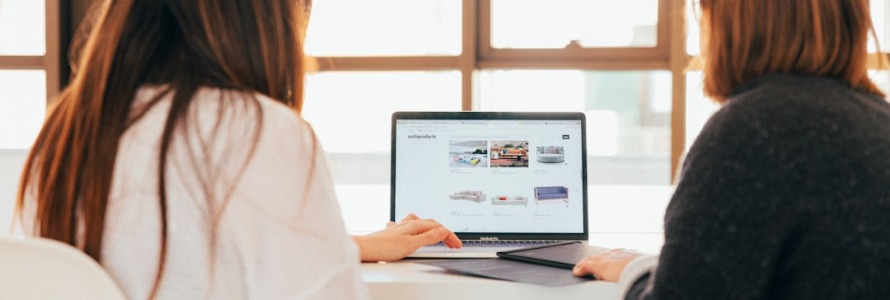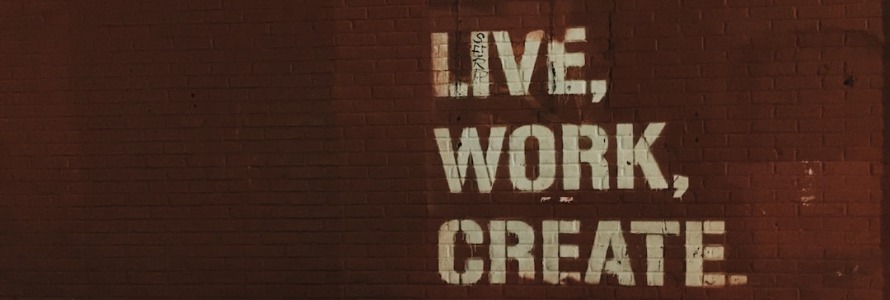
As a creator—whether you’re a writer, musician, artist, or software developer—protecting your work is essential. Your intellectual property is a valuable asset, and ensuring its legal protection can save you from disputes and theft. The best way to safeguard your creations is through copyright, a legal concept that grants you exclusive rights over your work. But understanding copyright laws can be a bit complex. In this article, I’ll walk you through the basics of copyright, explain how it works, and share ways you can protect your intellectual property from infringement.
What is Copyright?
At its core, copyright is a form of legal protection for creators of original works. It’s designed to give authors, artists, and other creators control over how their work is used by others. This means that if you create something—whether it’s a song, a painting, a novel, or a computer program—you automatically own the rights to it, as long as it’s fixed in a tangible medium (like paper, canvas, or digital storage).
The U.S. Copyright Office defines copyright as “a form of protection given to the creators of ‘original works of authorship,'” such as literary, dramatic, musical, and artistic works (U.S. Copyright Office, 2021). This protection covers both published and unpublished works.
Copyright doesn’t protect ideas themselves, but rather the expression of those ideas. For instance, you can’t copyright the concept of a love story, but you can protect your particular take on that story, whether in the form of a novel, screenplay, or song.

The Rights Granted by Copyright
Copyright grants a bundle of exclusive rights to the creator. These rights typically include:
- The Right to Reproduce the Work: Only you, or those you authorize, can reproduce your work. This includes the right to print, record, or digitally duplicate your work.
- The Right to Distribute Copies: You have the exclusive right to distribute your work, whether through sales, lending, or renting.
- The Right to Create Derivative Works: This gives you the right to modify, adapt, or transform your original work into something new. For example, you can turn your novel into a screenplay, or remix your song.
- The Right to Publicly Perform the Work: If your work involves performance (like music or theater), you have the right to control its public performance.
- The Right to Publicly Display the Work: If you’re an artist, photographer, or graphic designer, this right allows you to control where and how your work is displayed publicly.
- The Right to License Your Work: You can grant permission to others to use your work under specific terms, often for a fee.
Understanding these rights is essential for any creator who wants to maintain control over how their work is used.
When Does Copyright Protection Begin?
In most cases, copyright protection begins the moment the work is created and fixed in a tangible medium. This means that if you write a song and record it, your song is automatically protected by copyright—there’s no need for formal registration. However, while copyright protection is automatic, registering your work with the U.S. Copyright Office (or the relevant authority in your country) provides additional benefits, such as the ability to sue for statutory damages and attorneys’ fees in court.
It’s also important to note that copyright lasts for a specific period, which depends on various factors, including the date of creation and whether the work was published. In the United States, works created after January 1, 1978, are protected for the life of the author plus 70 years. For works created by multiple authors, the copyright lasts for 70 years after the last surviving author’s death. For works created for hire, anonymous works, or pseudonymous works, the duration is 95 years from publication or 120 years from creation, whichever comes first.

How to Protect Your Work
While copyright protection is automatic, it’s crucial to take additional steps to safeguard your creations and avoid potential legal issues. Here are a few strategies you can use to ensure your work remains protected:
1. Register Your Work with the U.S. Copyright Office
Although copyright is automatic upon creation, registering your work with the U.S. Copyright Office offers important legal benefits. Registration provides a public record of your work, which can be essential in proving ownership if a dispute arises. Additionally, if you ever need to enforce your copyright in court, registration is required if you wish to claim statutory damages and legal fees. The process is relatively simple and can be done online through the Copyright Office website.
2. Use Copyright Notices
Including a copyright notice on your work is a simple yet effective way to inform others of your ownership. While it’s not required for copyright protection, it can serve as a deterrent against infringement. A standard copyright notice includes:
- The copyright symbol (©)
- The year of first publication
- The name of the copyright holder
For example: © 2025 John Doe. All Rights Reserved.
3. Keep Records of Creation
Documenting the creation process can help establish a timeline for your work, should you need to prove ownership later. This includes keeping drafts, sketches, or notes related to your project. If you’re working digitally, consider using version control software or cloud storage services with timestamps to back up your work.
4. Use Digital Watermarking or Metadata
For visual works and digital files, embedding a digital watermark or metadata can help establish your ownership. A watermark can be an image or text embedded within the content that’s difficult to remove, while metadata includes information about the creator stored within the file itself. Both can help identify your work and prove ownership if it’s copied or used without permission.
5. Understand Fair Use and Licensing
Understanding the concepts of fair use and licensing can help you navigate the complex world of copyright. Fair use allows limited use of copyrighted works without permission in certain situations, such as commentary, criticism, news reporting, teaching, or research. However, the boundaries of fair use can be vague, and misuse could lead to legal issues.
Licensing is another way to protect your work while allowing others to use it under certain conditions. Whether you’re licensing your work to a company, giving someone permission to use your music, or sharing your content under a Creative Commons license, clear licensing agreements will define how others can interact with your work.

What Happens if Someone Infringes on Your Copyright?
If someone uses your work without permission—whether through reproduction, distribution, or public performance—you may have a case for copyright infringement. Common examples of infringement include copying and distributing your work without permission, creating derivative works without authorization, or publicly performing your music without licensing it.
If you discover an infringement, the first step is often to contact the infringer directly, requesting that they cease using your work. This is commonly known as a takedown notice. If the issue is not resolved through this method, you may need to pursue legal action.
To protect your rights and ensure that you receive fair compensation for the unauthorized use of your work, consider hiring an attorney specializing in copyright law. They can help you navigate the complexities of enforcement and guide you through the process of filing a lawsuit if necessary.
Copyright in the Digital Age
The rise of the internet and digital technologies has changed the landscape of copyright protection. Digital files can be easily copied, shared, and distributed without the creator’s consent, making infringement more common than ever. Piracy is rampant, and platforms like social media and file-sharing sites are often sources of copyright violations.
However, there are also tools available to help creators protect their digital works. Digital Rights Management (DRM) technologies, for instance, restrict how digital media can be used, helping prevent unauthorized copying and distribution. Additionally, platforms like YouTube, Facebook, and Instagram have mechanisms for reporting copyright violations, making it easier to assert your rights online.

Conclusion
Understanding copyright laws and taking the necessary steps to protect your work is vital in today’s creative economy. Whether you’re an established artist or just beginning your journey, copyright provides the legal framework for protecting your creations from unauthorized use. By registering your work, keeping detailed records, and understanding how copyright enforcement works, you can ensure that your intellectual property remains yours.
Remember, copyright isn’t just about protecting yourself from infringement—it’s also about respecting the rights of other creators. So, if you plan to use someone else’s work, make sure you get the proper permissions and understand the terms of use.
Taking these precautions will not only protect your work but also allow you to focus on what you do best: creating.
References
U.S. Copyright Office. (2021). Copyright basics. https://www.copyright.gov/circs/circ01.pdf


